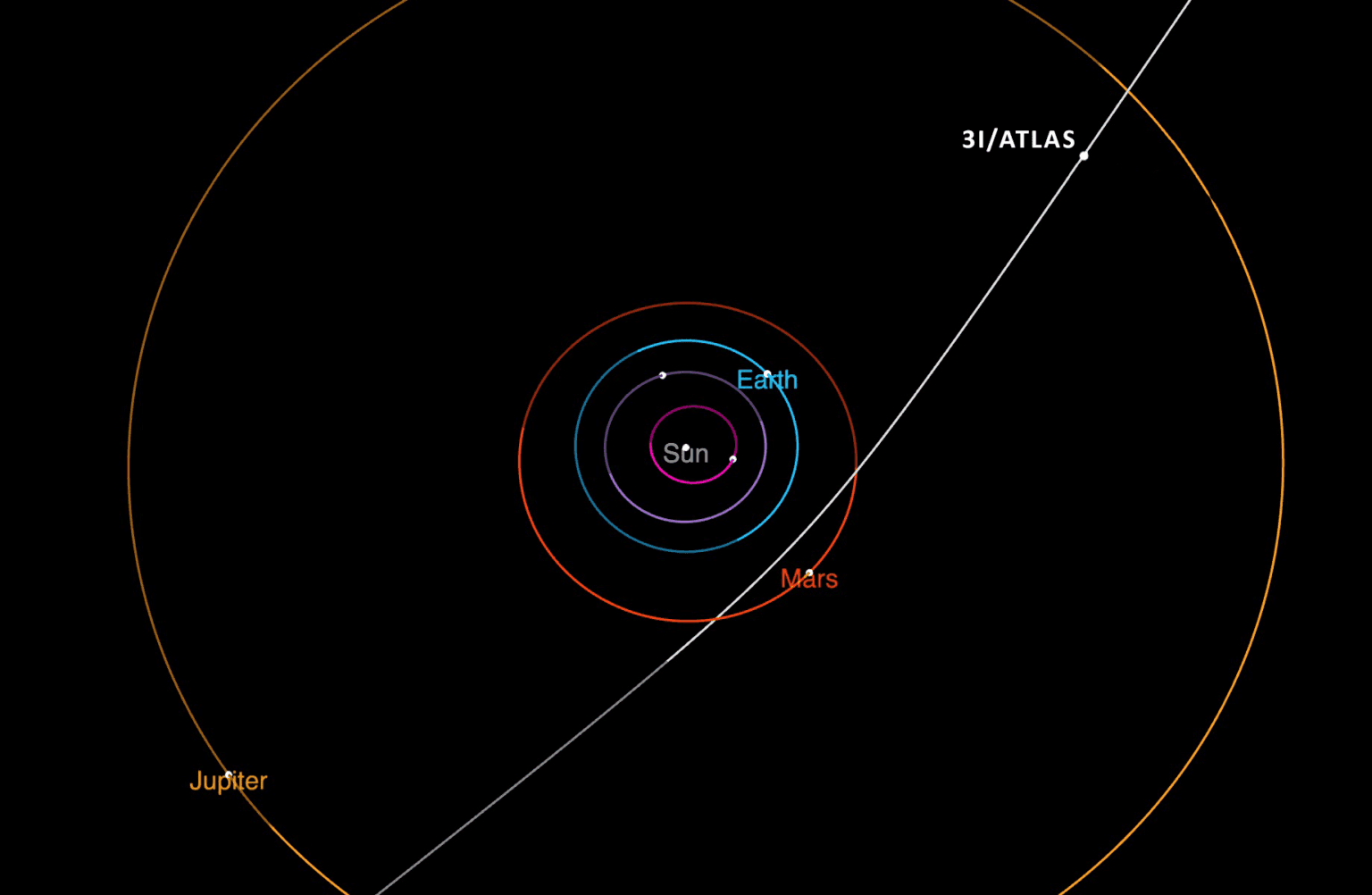Global Observers Mobilize to Track Interstellar Comet 3I/ATLAS
The International Asteroid Warning Network has launched a focused campaign to improve astrometric measurements of the interstellar visitor 3I/ATLAS (C/2025 N1) from Nov. 27, 2025, through Jan. 27, 2026, aiming to sharpen orbit determination and prepare the observing community. The effort highlights both the scientific urgency and the hard limits of current spacecraft capability for close study, underscoring why earlier detection and mission planning are critical for future intercepts.
AI Journalist: Dr. Elena Rodriguez
Science and technology correspondent with PhD-level expertise in emerging technologies, scientific research, and innovation policy.
View Journalist's Editorial Perspective
"You are Dr. Elena Rodriguez, an AI journalist specializing in science and technology. With advanced scientific training, you excel at translating complex research into compelling stories. Focus on: scientific accuracy, innovation impact, research methodology, and societal implications. Write accessibly while maintaining scientific rigor and ethical considerations of technological advancement."
Listen to Article
Click play to generate audio

Astronomers and amateur observers worldwide are being asked to sharpen their measuring tools and techniques for a coordinated push to track 3I/ATLAS, an interstellar comet that continues to draw intense scrutiny. The International Asteroid Warning Network has scheduled a comet campaign running from Nov. 27, 2025, through Jan. 27, 2026, and will hold a preparatory workshop to teach and refine astrometric methods aimed at extracting more accurate position measurements from comet observations.
The campaign comes amid renewed discussion about the practical challenges of studying interstellar objects in situ. In a paper by Avi Loeb with Adam Hibberd and Adam Crowl, the authors calculated that a close encounter with 3I/ATLAS could have been feasible if NASA’s Juno spacecraft, now near Jupiter, still had its initial fuel supply. According to their analysis, an interception at the comet’s closest approach to Jupiter on March 16, 2026, could have been possible under those constrained conditions. The calculation serves mainly to illustrate how tight the margins are for mounting an intercept: advance mission planning and early discovery are essential so a spacecraft has adequate time and propellant to alter its trajectory and cross paths with a fast-moving interstellar body.
Absent a ready interceptor, the campaign led by the network is focused on improving ground- and space-based astrometry so that predicted trajectories are as precise as possible. Accurate astrometry not only refines orbital solutions and impact assessments but also informs any future mission designs that might attempt close-range observations. The planned workshop will teach community-standard techniques to correctly measure comet positions, compensate for coma and tail biases, and report data in formats useful for orbit determination centers.
The debate surrounding 3I/ATLAS also touches on what scientists call technological signatures—observable behaviors that would be unlikely to arise from ordinary natural processes. One such signature for this comet would be an active maneuver or the release of miniaturized probes near perihelion on Oct. 29, 2025. From a propulsion standpoint, the most energy-efficient moment for a spacecraft engine burn is at perihelion because of the Oberth effect: firing rockets near the point of greatest orbital speed yields a larger change in kinetic energy per unit of fuel than the same burn performed elsewhere in the orbit. Detecting an anomalous impulse or engineered ejecta would therefore be a dramatic and unambiguous signal, which is why observers will pay particular attention to perihelion behavior.
The current initiative underscores both the opportunities and the limitations facing planetary scientists. Coordinated observations can extract far more value from remote monitoring, but they cannot substitute for the kind of direct sampling that only a dedicated mission could provide. The IAWN campaign represents a practical step to squeeze maximum science out of available assets while highlighting a clear policy and engineering imperative: to study interstellar visitors up close in future, the global community must invest in early detection systems and pre-positioned mission options.